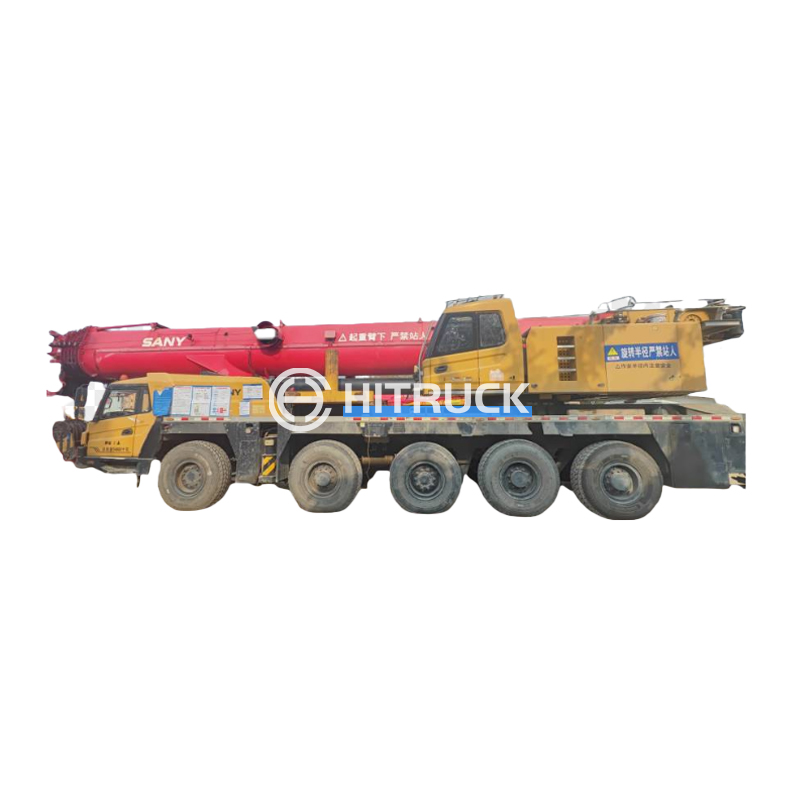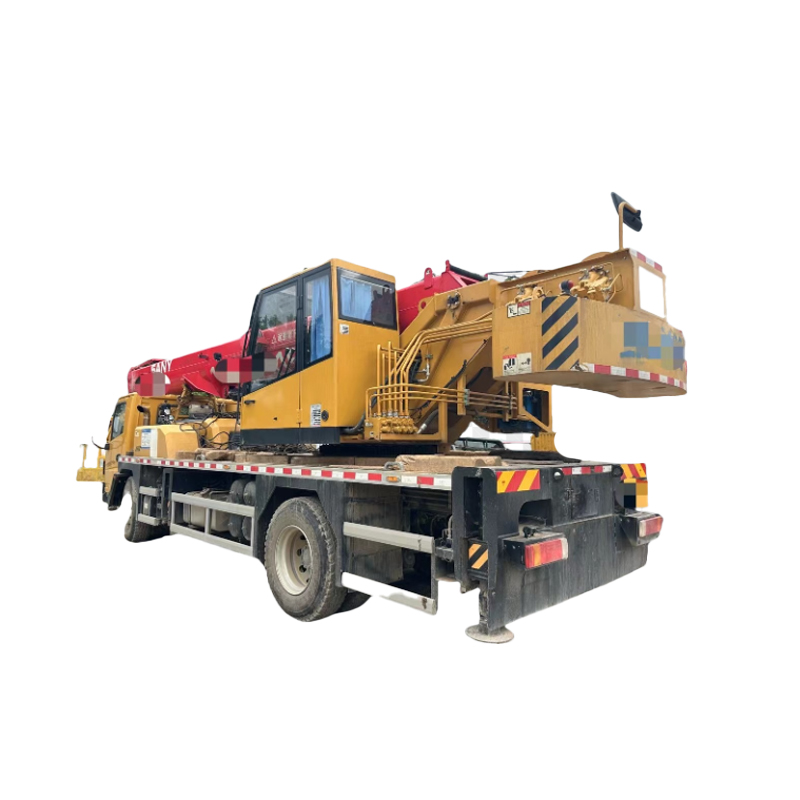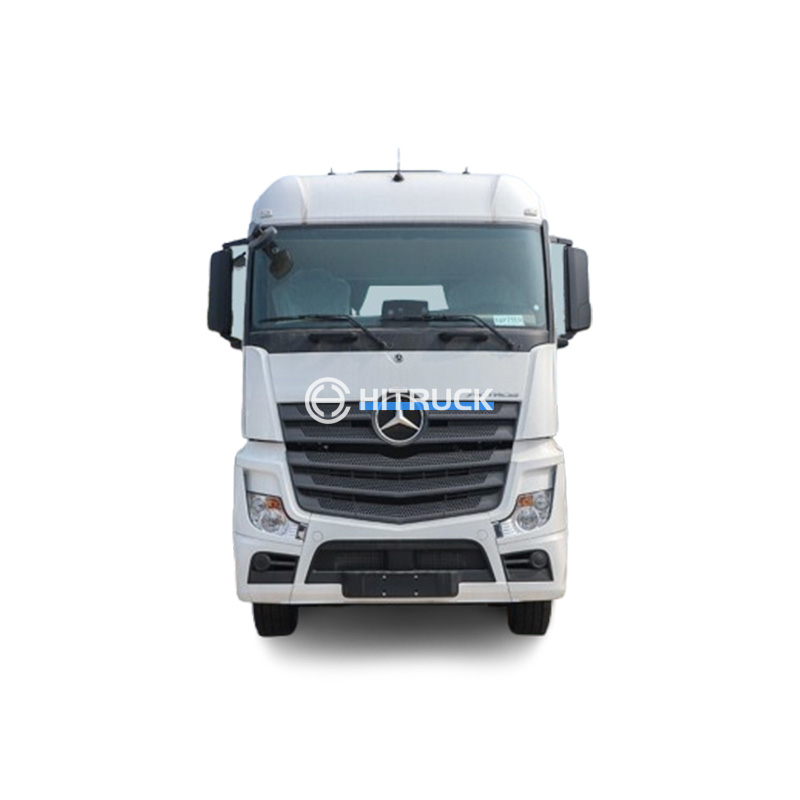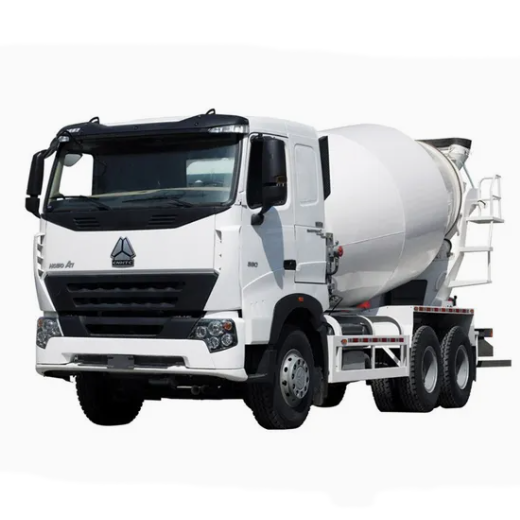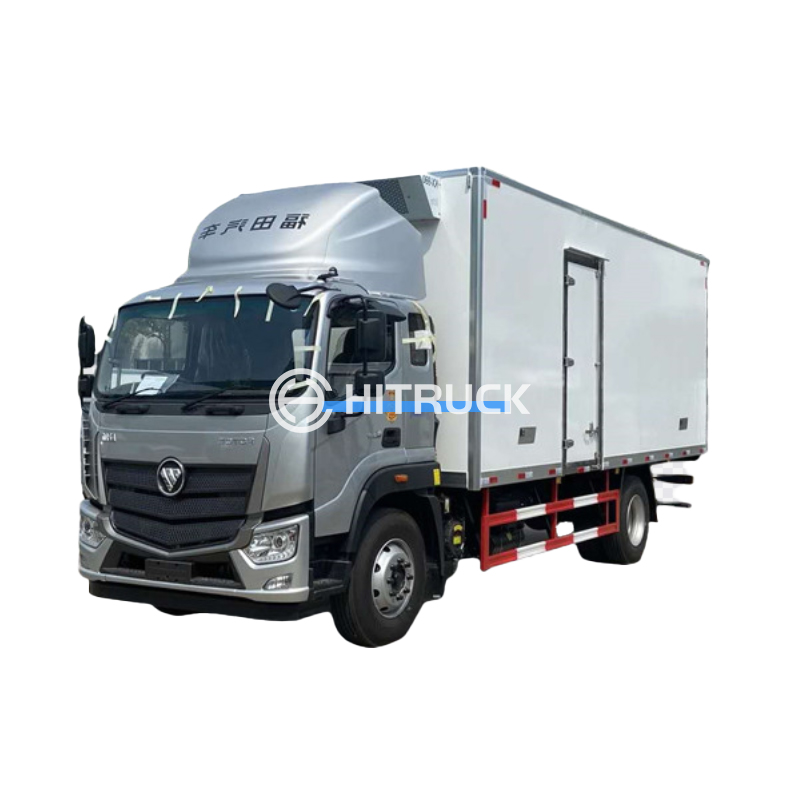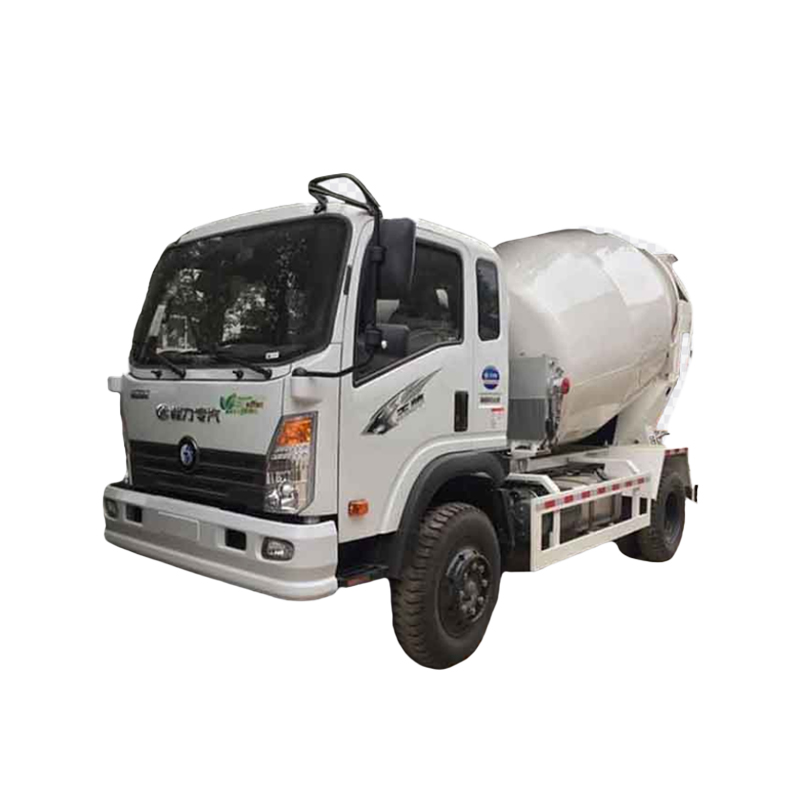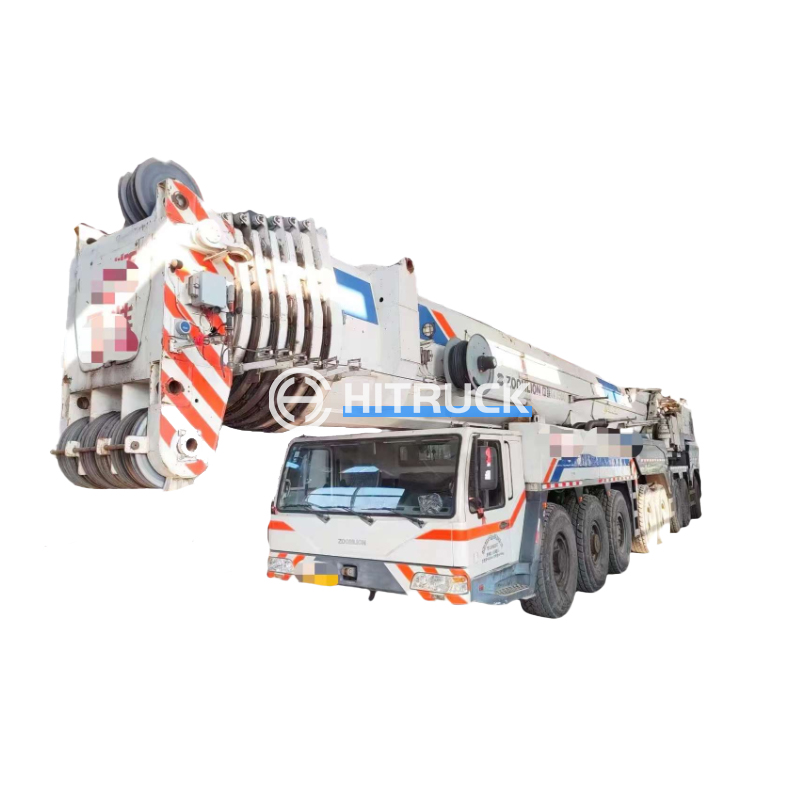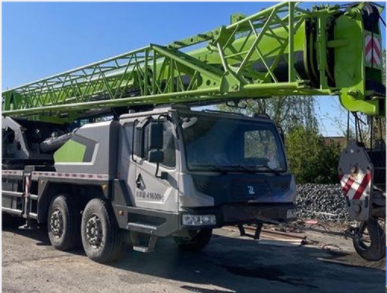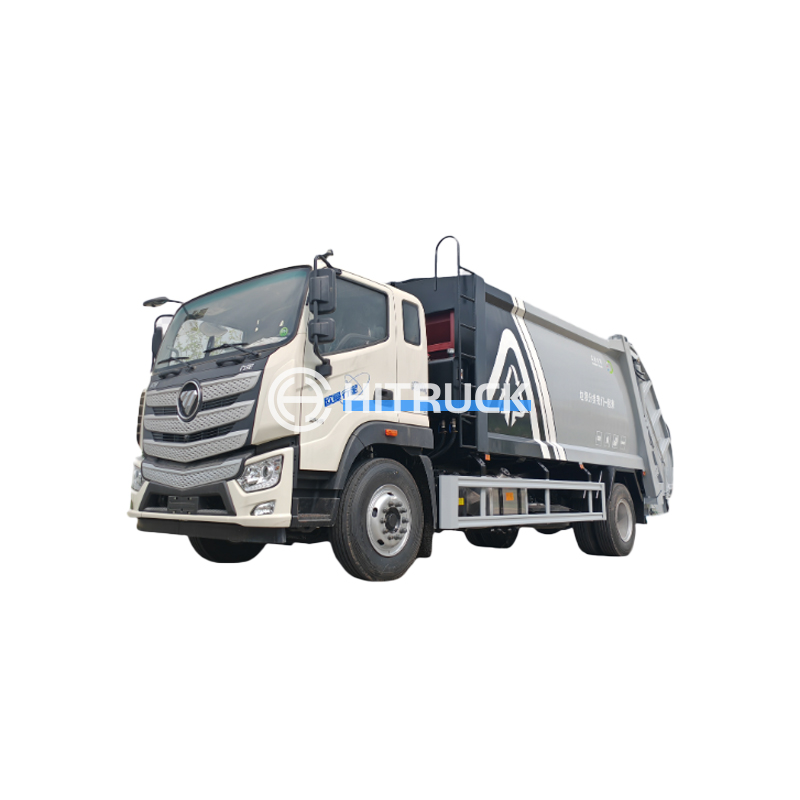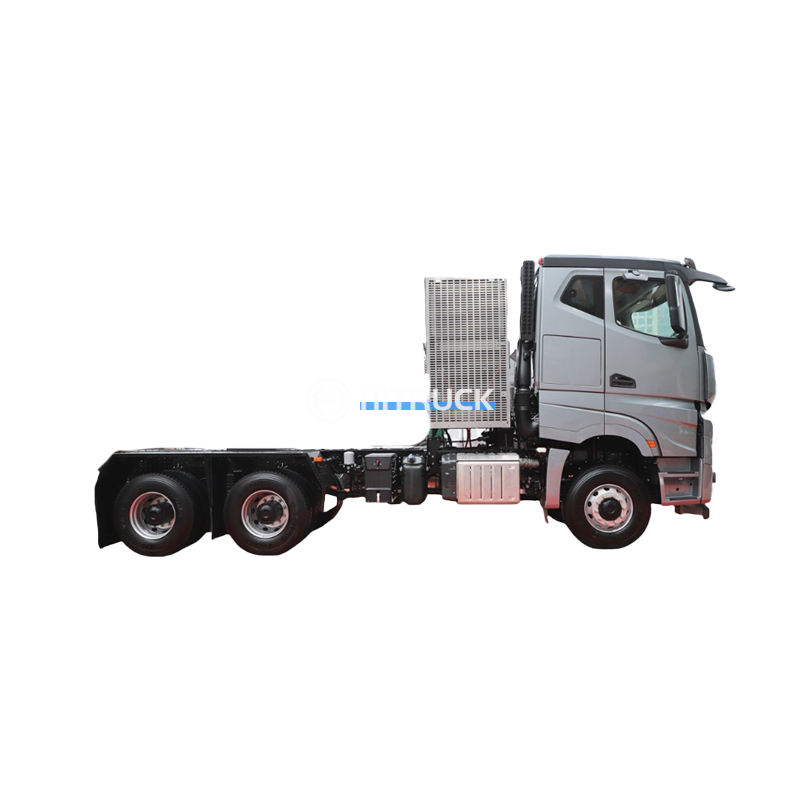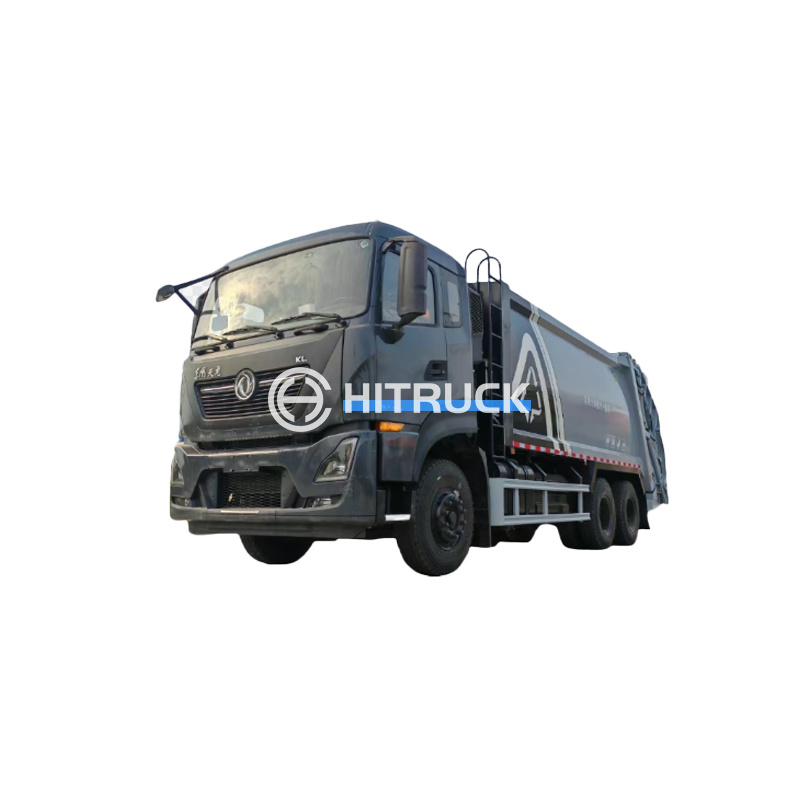This comprehensive guide explores the world of marine cranes, covering essential aspects for those involved in port operations, offshore construction, and marine transportation. We'll delve into different types, functionalities, and crucial factors to consider when selecting the appropriate marine crane for your specific needs. Learn about key specifications, safety considerations, and industry best practices.
Floating cranes, also known as floating sheerlegs or derrick barges, are self-propelled or barge-mounted vessels equipped with marine cranes. They excel in deep-water operations and are highly versatile, often used for lifting heavy equipment during offshore construction and salvage operations. Their mobility allows them to access various locations without the need for fixed infrastructure. Consider factors like lifting capacity, boom length, and stability when choosing a floating crane.
Shipboard cranes are integrated into vessels for cargo handling and other onboard operations. These cranes are optimized for space efficiency and often come in various designs, such as knuckle boom cranes, gantry cranes, and tower cranes. The type of shipboard crane you require depends heavily on the vessel's size and the type of cargo it handles. A key consideration is the crane’s lifting capacity in relation to the vessel’s load limits.
Shore-based marine cranes are stationary structures installed on land, serving ports and terminals for cargo loading and unloading operations. These cranes are usually larger and more powerful than shipboard cranes. Common types include container cranes, mobile harbor cranes, and bulk handling cranes. Factors like reach, lifting capacity, and operational speed are crucial considerations when selecting a shore-based crane. For large-scale operations, considering a crane from a reputable supplier like those found on Suizhou Haicang Automobile sales Co., LTD is essential.
Choosing the correct marine crane requires careful evaluation of several specifications. Below is a table summarizing some crucial factors:
| Specification | Description |
|---|---|
| Lifting Capacity | Maximum weight the crane can lift. This is usually measured in metric tons. |
| Boom Length | Horizontal reach of the crane's boom. Longer booms are generally needed for reaching further distances. |
| Hoisting Speed | Speed at which the crane can lift and lower the load. |
| Slewing Speed | Speed at which the crane can rotate. |
| Power Source | Whether the crane is powered by diesel, electric, or hydraulic systems. |
Safety is paramount when operating marine cranes. Regular inspections, maintenance, and adherence to safety regulations are crucial. Proper training for operators is also essential to minimize risks. Always refer to the manufacturer's guidelines and industry best practices for safe operation and maintenance procedures. Ignoring safety protocols can lead to serious accidents and costly damage.
Selecting the right marine crane involves understanding the various types available and carefully considering specific operational needs. By thoroughly assessing factors like lifting capacity, boom length, and safety protocols, you can make an informed decision that optimizes efficiency and minimizes risks. Remember to always prioritize safety and work with reputable suppliers to ensure the longevity and performance of your marine crane investment.

